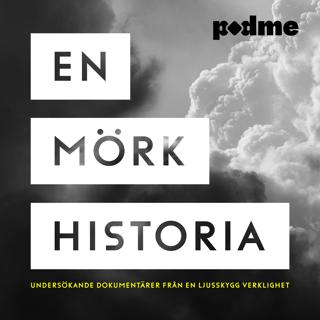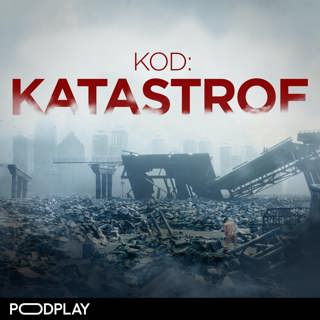
Italy's 'Ghost Shipwreck'
In the summer of 2001, an Italian journalist used an underwater robot to find the remains of a shipwreck off the coast of Sicily which had killed nearly 300 migrants from South Asia. At the time this was the worst disaster of its kind in the Mediterranean but the few survivors had been ignored by officials and dismissed as fantasists. The discovery of the so-called “Phantom Shipwreck” caused an outrage in Italy. Simon Watts talks to Italian journalist Giovanni Maria Bellu and the former Observer correspondent in Rome, John Hooper, who also investigated the tragedy.(Photo: The remains of the "Ghost Shipwreck" filmed off the Sicilian coast. Credti: EPA/ANSA/La Repubblica)
13 Juli 20188min

The Spiegel Affair
In the early 1960s a magazine article about West Germany's defence capabilities led to the imprisonment of seven journalists, a vehement debate about press freedom and a full-blown government crisis. Tim Mansel has been speaking to Franziska Augstein about her father Rudolf Augstein's part in the Spiegel Affair.Photo: Rudolf Augstein, the publisher of the magazine 'Spiegel' is escorted by the police. Credit: Keystone/Getty Images
12 Juli 20188min

Smiling Buddha: India's First Nuclear Test
The inside story of how India secretly developed and exploded an atomic device in 1974. India called it a Peaceful Nuclear Explosion, though the experimental device was in effect a plutonium bomb. The test was seen as a triumph of Indian science and technology, but it led to the suspension of international nuclear co-operation with India, and spurred Pakistan to speed up development of its own nuclear bomb. Alex Last spoke to S.K Sikka, one of India's leading nuclear scientists, about his role in the secret project, code-named Smiling Buddha.Photo: A crater marks the site of the first Indian underground nuclear test conducted 18 May 1974 at Pokhran in the desert state of Rajasthan. (PUNJAB PHOTO/AFP/Getty Images)
11 Juli 20189min

Chinua Achebe's Things Fall Apart
In 1958 Nigerian writer, Chinua Achebe, published his first book "Things Fall Apart". It was set in pre-colonial rural Nigeria and examines how the arrival of foreigners led to tensions within traditional Igbo society. The book revolutionised African writing, and began a whole new genre of world literature. In 2016 Rebecca Kesby spoke to Achebe's youngest daughter, Nwando Achebe.(Photo: Chinua Achebe in 2002. Photo Credit: Reuters/Ralph Orlowski/Files )
10 Juli 20189min

Kosovo: 'Madeleine's War'
When war broke out in Kosovo in 1998, Nato intervened with air-strikes. US Secretary of State Madeleine Albright was the main proponent for military action. She explains to Rebecca Kesby why she argued for action, and tells her own remarkable story, from a childhood in Czechoslovakia to the highest political office ever held by a woman in the United States at the time. (Photo: Madeleine Albright. Credit US Government)
5 Juli 201810min

Playgrounds Made of Junk
Post-war Britain saw a rise in makeshift adventure playgrounds born out of bomb sites. Children were provided with tools and raw materials, to build whatever they wanted to play with, using their own imagination. Anya Dorodeyko spoke to Tony Chilton, an early "playworker" and champion of adventure playgrounds in the UK about their boom in the 1970s.Picture: children playing on an adventure playground in London in the 1970s (Credit: BBC)
5 Juli 20189min

The Toilet
A controversial installation by Russian conceptual artists Ilya and Emilia Kabakov offended Russians in 1992, but is now seen as a masterpiece. Emilia Kabakov told Dina Newman that The Toilet is "a metaphor for life." Photo: The Toilet, a model; credit: Kabakov archive
4 Juli 20189min

Flight 655: When The US Shot Down An Airliner
On 3 July 1988, a US Navy warship, the USS Vincennes, shot down an Iranian civilian airliner over the Persian Gulf. All 290 on board the aircraft were killed, among them 66 children. The plane was flying a scheduled service from Bandar Abbas in Iran to Dubai but was mistakenly identified as "hostile" by the US ship. Alex Last has been hearing a rare first-hand account from Rudy Pahoyo, a former US Navy Combat Cameraman who happened to be filming on the USS Vincennes that day. Photo: The USS Vincennes fires a surface to air missile towards Iran Air flight 655 on 3 July 1988 (Rudy Pahoyo)
3 Juli 20189min






















